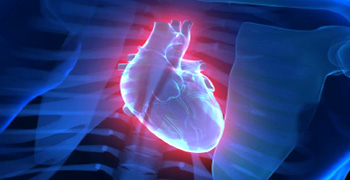 Artificial heart replaces the biological heart.
It may surprise some that while there's been a growing multitude of thought-controlled bionic arms and thought-controlled bionic hands on the market for some time now for amputees. Improved life with a Bionic handThe challenges associated with replicating the movements and grips of a human hand are immense. Touch Bionics enabling a new age in human prosthetics.
Artificial heart replaces the biological heart.
It may surprise some that while there's been a growing multitude of thought-controlled bionic arms and thought-controlled bionic hands on the market for some time now for amputees. Improved life with a Bionic handThe challenges associated with replicating the movements and grips of a human hand are immense. Touch Bionics enabling a new age in human prosthetics.
Artificial heart: It replaces the biological heart. In early 1980s Dr. William De Vries implanted the Jarvik–7 artificial heart into several patients wherein one patient survived 620 days. Heart–lung machine and the mechanical heart are the two types of artificial–hearts.
Bionic Ear: It is an electronic device that provides a sense of sound. Electrodes implanted in the cochlea stimulate auditory nerves which will help in hearing. In this implant tiny wires are inserted to the cochlea and a microphone is fixed to the skull.
Bionic Hand: It has multi–articulating joints that are hook like, simple to open and close. They also have power to hold things. Bionic limbs allows rotating, bending, opening and closing in some instances. Man can lead truly improved life with the aid of bionics that has progressed to an amazing level.
Bionic Leg: It performs the task by receiving data from sensors, sends commands to motor of amputee. Sensors in the device and inside the shoe detect user action (for example, sitting, standing, climbing stairs). Device provides external force to supplement muscle strength. Microprocessor in the device analyze the information.
Bionic Eye: Bionic eye can provide sight – the detection of light, to the people whom have gone blind due to the macular degeneration ( a medical condition which usually affects older adults and results in a loss of vision ) and retinitis pigmentosa (degenerative eye disease that causes severe vision impairment and often blindness ). Photoreceptors of the eye are damaged in both the disease. Let's have a look what actually a bionic eye is.